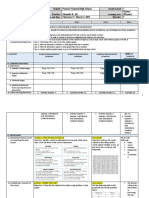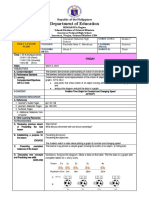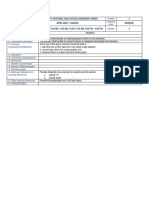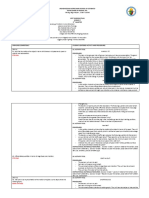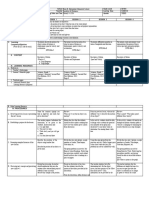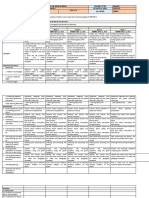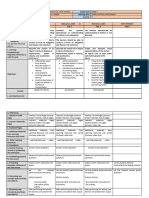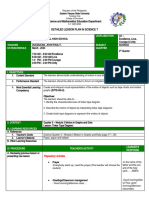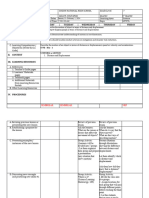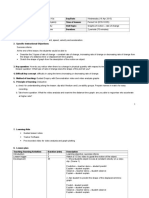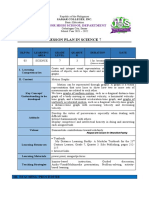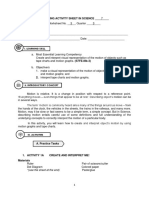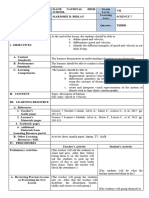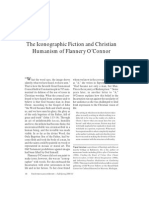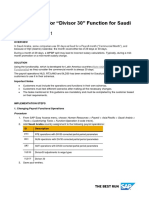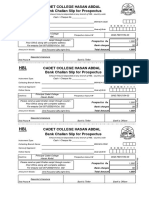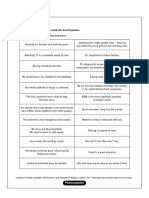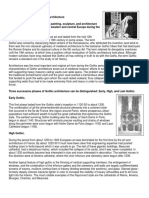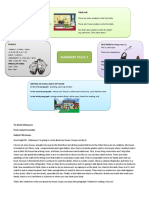0% found this document useful (0 votes)
27 views6 pagesSCIENCE7Q3W3 - Feb 21, 2024
The document outlines a science lesson plan on graphing motion. It includes objectives, activities, and a discussion on interpreting tape charts and motion graphs to describe the motion of objects. Students will analyze examples and practice creating graphs to represent motion.
Uploaded by
Lev KinkitoCopyright
© © All Rights Reserved
We take content rights seriously. If you suspect this is your content, claim it here.
Available Formats
Download as DOCX, PDF, TXT or read online on Scribd
0% found this document useful (0 votes)
27 views6 pagesSCIENCE7Q3W3 - Feb 21, 2024
The document outlines a science lesson plan on graphing motion. It includes objectives, activities, and a discussion on interpreting tape charts and motion graphs to describe the motion of objects. Students will analyze examples and practice creating graphs to represent motion.
Uploaded by
Lev KinkitoCopyright
© © All Rights Reserved
We take content rights seriously. If you suspect this is your content, claim it here.
Available Formats
Download as DOCX, PDF, TXT or read online on Scribd
/ 6







